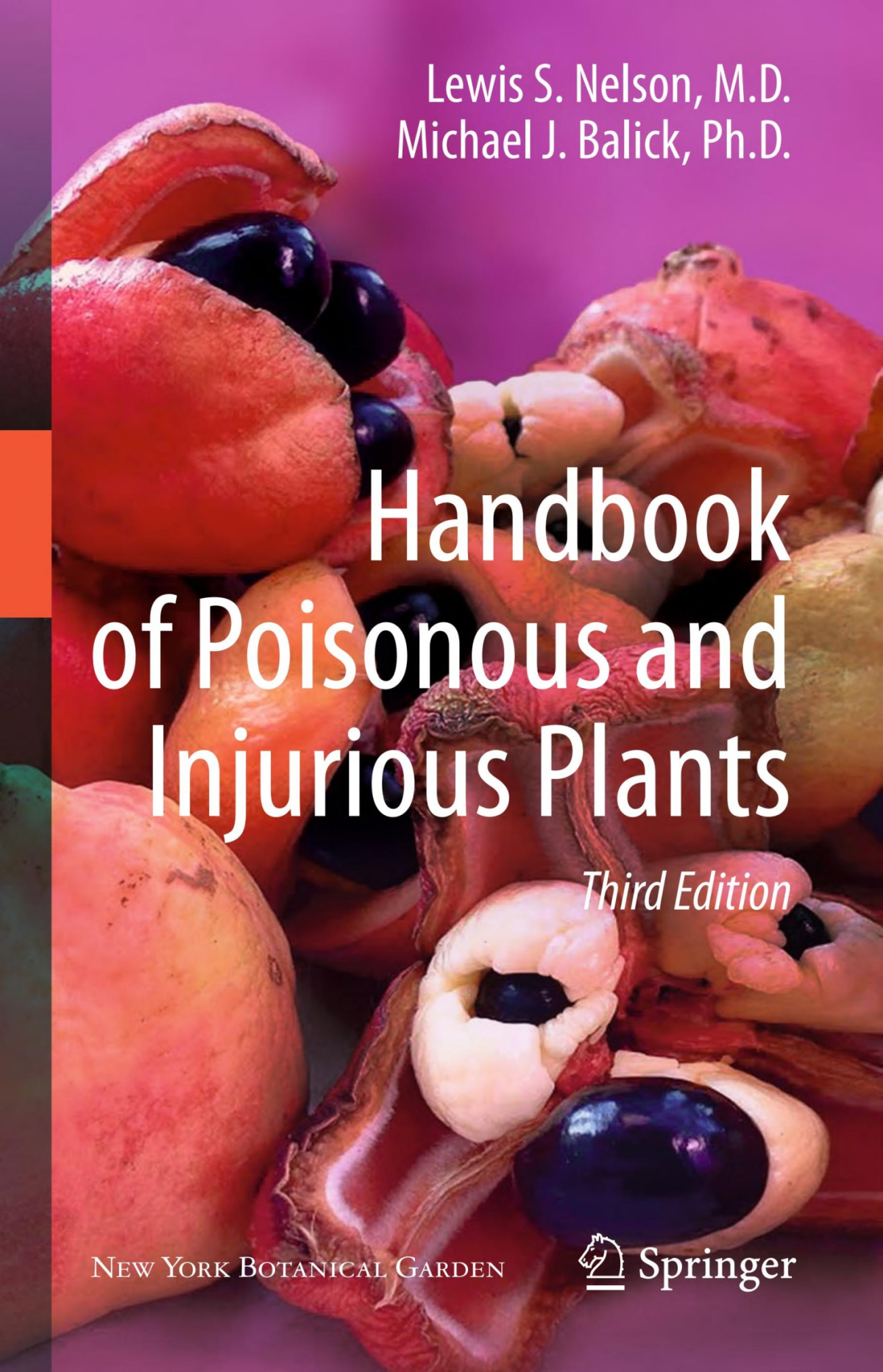

Most ebook files are in PDF format, so you can easily read them using various software such as Foxit Reader or directly on the Google Chrome browser.
Some ebook files are released by publishers in other formats such as .awz, .mobi, .epub, .fb2, etc. You may need to install specific software to read these formats on mobile/PC, such as Calibre.
Please read the tutorial at this link: https://ebookbell.com/faq
We offer FREE conversion to the popular formats you request; however, this may take some time. Therefore, right after payment, please email us, and we will try to provide the service as quickly as possible.
For some exceptional file formats or broken links (if any), please refrain from opening any disputes. Instead, email us first, and we will try to assist within a maximum of 6 hours.
EbookBell Team

4.8
24 reviewsThis third edition of the Handbook of Poisonous and Injurious Plants is designed to assist the clinician in the initial response to the needs of a child or adult exposed to a poisonous or injurious plant. It highlights common and important plants that lead to the adverse effects upon exposure, and it describes the mechanisms of action of the implicated toxin, clinical manifestations, and specific therapeutics, as available, for each. This truly comprehensive resource is botanically rigorous with insights from both the pharmacognosy and medical literature. At the same time, it is also for those who are interested in growing and enjoying the plants in their environment, filling in a not-often-discussed botanical and horticultural niche that goes beyond their beautiful physical appearance. Plants contain many useful chemicals that humans have used for millennia as botanical curatives. This book will help the reader understand the fine balance between a medication and a poison, why plants contain these natural substances, and their impact on the human body.
With its thorough references and full-color photos of hundreds of potentially toxic and injurious plants inside and outside the home, this book is useful for identifying and addressing concerns about cultivated species and those found in the wild.
This book will be of interest to botanists, horticulturists, clinicians, and naturalists as well as hikers, gardeners, and all those who simply enjoy the wonders of nature and the great outdoors.
From the Back CoverThis third edition of the Handbook of Poisonous and Injurious Plants is created to assist the clinician in the initial response to the needs of a child or adult exposed to a poisonous or injurious plant. It lists common plants that might lead to the development of the symptom complex and describes the mechanisms of action of the implicated toxin, additional clinical manifestations, and specific therapeutics for each presentation. This truly comprehensive resource is botanically rigorous and complete with insights from both pharmacognosy and clinical medicine.